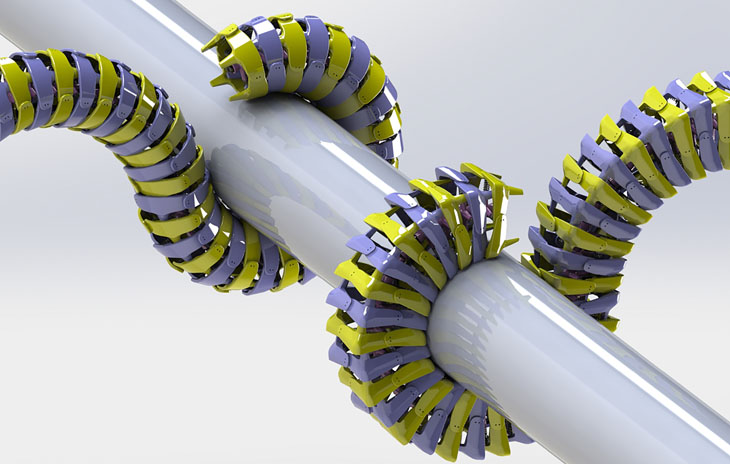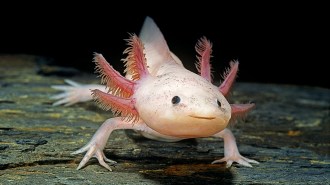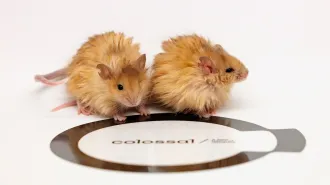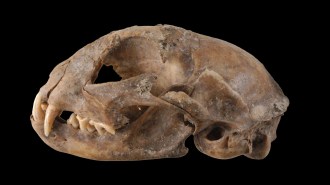Why seahorses have square tails

The long flexible tails of seahorses (dye-stained skeleton of Hippocampus capensis shown) are made of square segments and are one of the rare exceptions to the round tails of many other animals.
Courtesy of Dominique Adriaens, UGent







